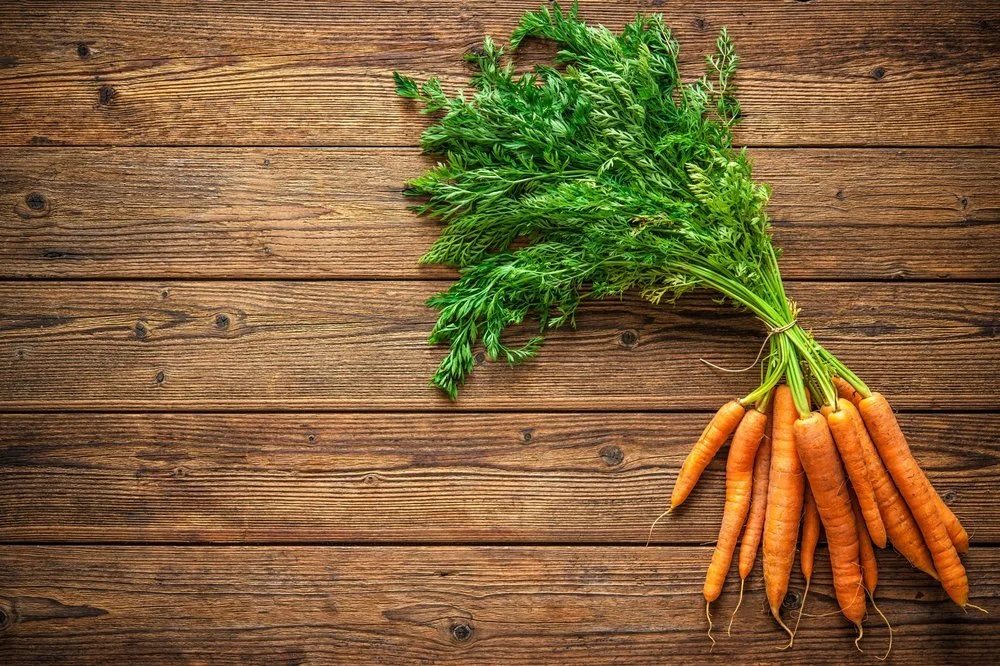Dilly garlicky carrotskys
This is a very common recipe, for good reason. It is simple and very moreish. AND it doesn’t involve cabbage.
The only issue for me is that I love it with spiralised carrots and the only way I can do this is with my hand spiraliser, which can be labour intensive. You can do it with carrots cut into long sticks as well, but I just love the bouncy fermented spirals of dilly carrots that the extra toil of spiralising produces.
Dilly garlicky carrotskys
Ingredients
1.5kg or more of carrots (unpeeled if organic) spiralised or grated in whatever manner you fancy.
2 garlic cloves
A bunch of fresh dill, stalks and all
Caraway seeds
Salt
Equipment
1 litre Kilner jar
Washed in hot water or that has been through the dishwasherMixing bowl
Set of scales
Spiraliser/mandolin/grater/food processor/knife
Method
Chopping
Spiralise the carrots or chop/food process/grate in your chosen fashion.
Chop up the dill finely – stalks especially so, and mix together in the mixing bowl with the carrots.
Slice the garlic finely and add in.
Sprinkle with caraway seeds or other spices of your choice.
Weighing
Put the empty mixing bowl onto the scales, then zero the scales so that you can weigh the total weight of all the prepared vegetables.
Put all the vegetables into the bowl on the scales.
Add the caraway seeds.
And then make a note of the weight of the vegetables (excluding the weight of the bowl).
Salting
Calculate what 2% of the vegetable weight is and add that amount of salt. For example 1kg of vegetables requires 20g of salt.
Massage in well until you can squeeze moisture from the vegetables in a clenched fist.
Tamping
Then pack into the kilner jar firmly, leaving a little headspace at the top.
Weighting
The veg. should be submerged beneath the juices you have squeezed out as you have packed them down into the kilner. You can use a weight to weigh it down or an available cabbage leaf, along with a quarter of a carrot placed vertically will wedge under the lid pushing the cabbage leaf down and keeping the carroty ferment under its juices, whilst the microbes go about their business.
Waiting
Leave to ferment at room temperature (18-21°C) for around 5-7 days. I recommend putting the kilner on a saucer or a bowl whilst fermenting to catch any juices that are forced out of the kilner by the fermenting process.
I always label my ferments, listing the date they were made, the ingredients and the date I next need to pay them attention. You don’t think you will forget, but you do.
Tasting and eating
Have a taste after 5 days and, if you are happy, refrigerate and eat. If not, leave for a little longer but watch they don’t go slimy!
Glitches and hitches
If you have any questions or concerns about your ferment, consider signing up for a paid subscription to Substack, where I can answer any queries you have via the chat function.

